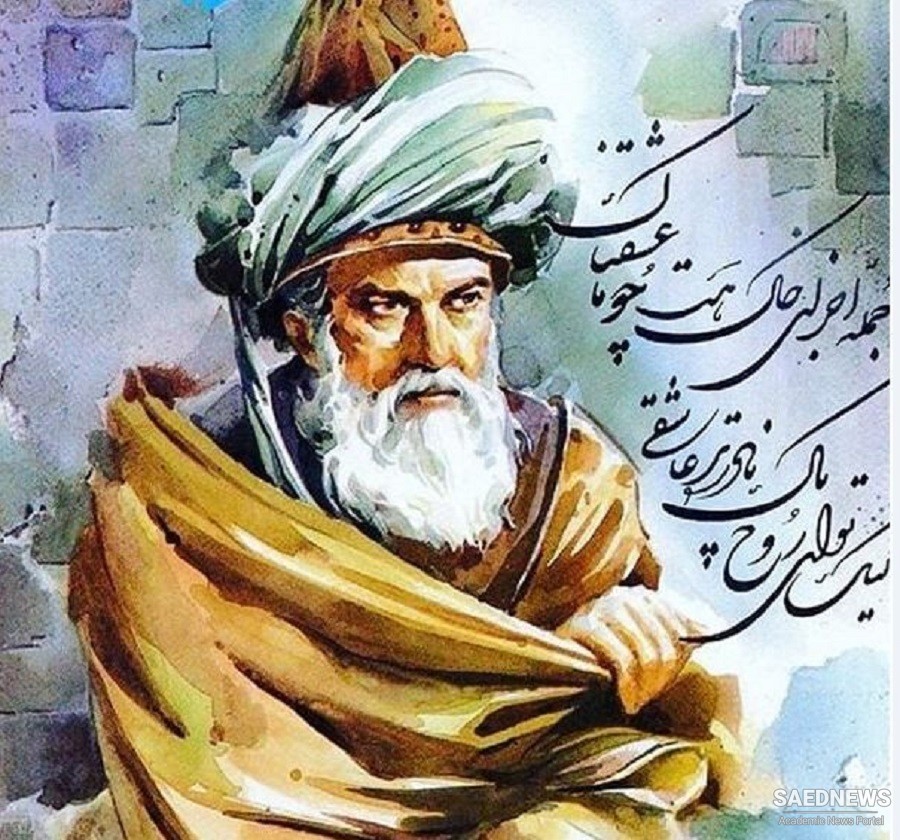Later Muslim medieval historians say that Abû Hâmid Muhammad ibn Muhammad al-Ghazâlî was born in 1058 or 1059 in Tabarân-Tûs (15 miles north of modern Meshed, NE Iran), yet notes about his age in his letters and his autobiography indicate that he was born in 1055 or 1056. Al-Ghazâlî received his early education in his hometown of Tus together with his brother Ahmad (c.1060–1123 or 1126) who became a famous preacher and Sufi scholar.Muhammad went on to study with the influential Ash’arite theologian al-Juwaynî (1028–85) at the Nizâmiyya Madrasa in nearby Nishapur. This brought him in close contact with the court of the Grand-Seljuq Sultan Malikshâh and his grand-vizier Nizâm al-Mulk (1018–92). In 1091 Nizâm al-Mulk appointed al-Ghazâlî to the prestigious Nizâmiyya Madrasa in Baghdad. In addition to being a confidante of the Seljuq Sultan and his court in Isfahan, he now became closely connected to the caliphal court in Baghdad. He was undoubtedly the most influential intellectual of his time, when in 1095 he suddenly gave up his posts in Baghdad and left the city. Under the influence of Sufi literature al-Ghazâlî had begun to change his lifestyle two years before his departure.He realized that the high ethical standards of a virtuous religious life are not compatible with being in the service of sultans, viziers, and caliphs. Benefiting from the riches of the military and political elite implies complicity in their corrupt and oppressive rule and will jeopardize one’s prospect of redemption in the afterlife. When al-Ghazâlî left Baghdad in 1095 he went to Damascus and Jerusalem and vowed at the tomb of Abraham in Hebron never again to serve the political authorities or teach at state-sponsored schools. He continued to teach, however, at small schools (singl. zâwiya) that were financed by private donations. After performing the pilgrimage in 1096, al-Ghazâlî returned via Damascus and Baghdad to his hometown Tûs, where he founded a small private school and a Sufi convent (khânqâh). In 1106, at the beginning of the 6th century in the Muslim calendar, al-Ghazâlî broke his vow and returned to teaching at the state-sponsored Nizâmiyya Madrasa in Nishapur, where he himself had been a student.To his followers he justified this step with the great amount of theological confusion among the general public and pressure from authorities at the Seljuq court. Al-Ghazâlî regarded himself as one of the renewers (singl. muhyî) of religion, who, according to a hadîth, will come every new century. In Nishapur, al-Ghazâlî’s teaching activity at the Nizâmiyya madrasa led to a controversy that was triggered by opposition to his teachings, particularly those in his most widely read work, The Revival of the Religious Sciences, and by accusations that these show a distinct influence from falsafa. Al-Ghazâlî was summoned to defend himself in front of the Seljuq governor Sanjar (d. 1157). The latter, however, acquitted him from all charges and supported his teaching activity in Nishapur. On this occasion, al-Ghazâlî again asked to be released from his obligations at the Nizâmiyya madrasa, a request that was denied. All this time, he continued to teach at his zâwiya in Tûs where he died in December 1111.


 Abu Bakr Muhammad Ibn Zakaryya Al-Razi Better Known as Rhazes
Abu Bakr Muhammad Ibn Zakaryya Al-Razi Better Known as Rhazes














































